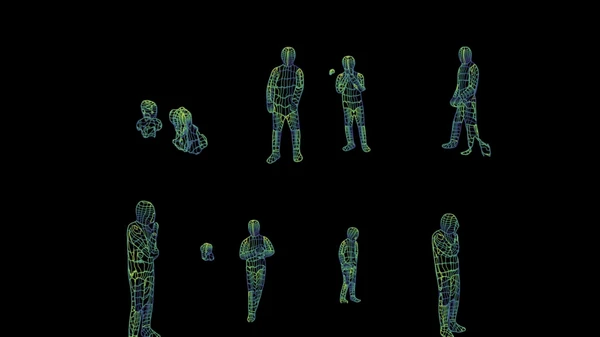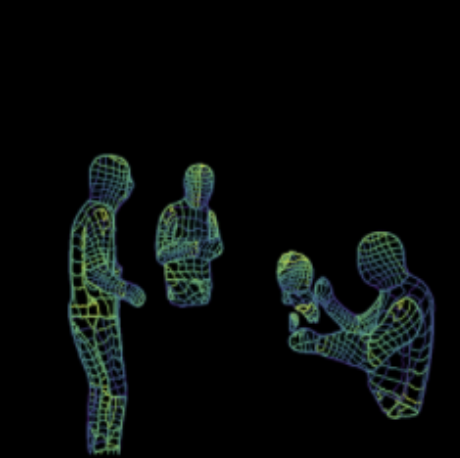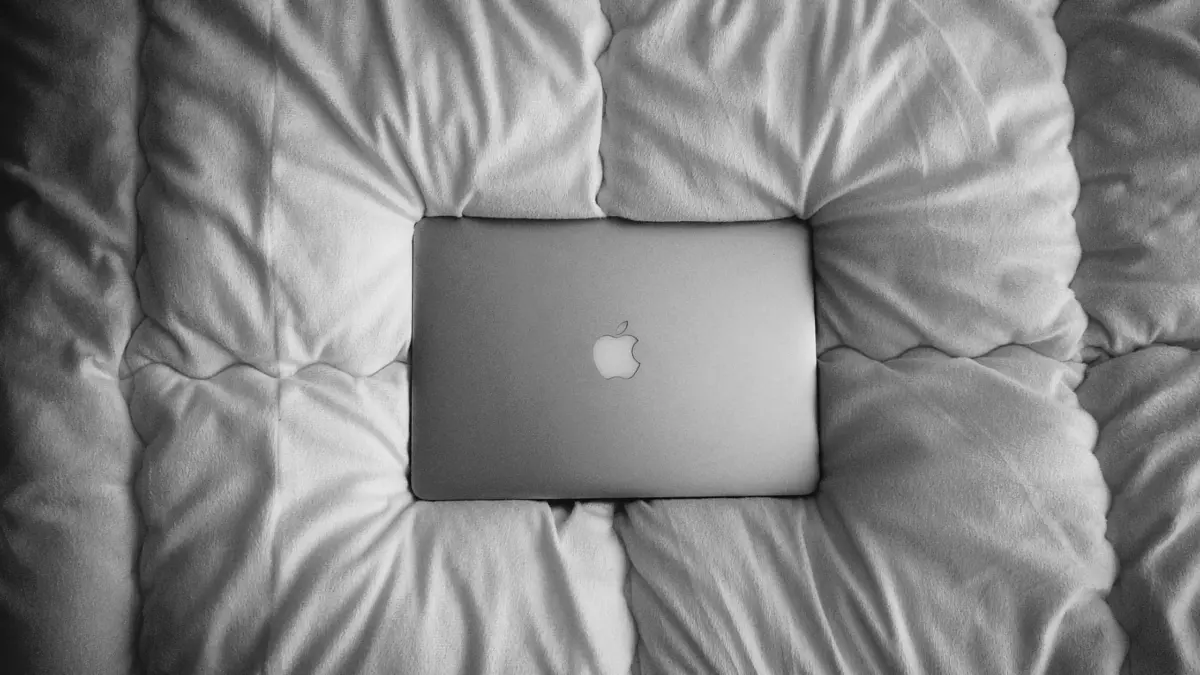AI And Wi-Fi Used To See People Through Walls

Introduction
New technological advancements emerge every day, and you just have to keep up so you don’t get left behind! In this post, we will be talking about how Wi-Fi routers were used to see people through walls! Exciting, isn’t it? Imagine having to spend so much money on hardware for such technology, but those days are over. Let’s dive in.
Researchers at Carnegie Mellon University turned a common piece of technology virtually found in every home into a tracking device. Can you guess it? Yes, it is the Wi-Fi. You can now use Wi-Fi routers to see people through walls.

Carnegie Mellon University is a private research university located in Pittsburgh, Pennsylvania. The researchers there used DensePose to devise a method that uses artificial intelligence along with Wi-Fi signals to spot individuals inside a building. It was specifically developed for the purpose of addressing the constraints imposed by existing 3D and 2D computer vision tools.
P.S. DensePose was developed by researchers at Facebook’s Artificial intelligence lab, a London-based team. It is a system used to map all pixels on the surface of the human body in a photo. One of the amazing things about Densepose is its ability to detect dozens of key points and areas in the human body, such as its body parts, helping AI determine the pose of the person.
Carnegie researchers established a deep neural network and mapped human bodies using Wi-Fi signals. Emphasis was placed on how the model calculates the precise position of individuals using Wi-Fi signals, making it accurate. They did not use any expensive hardware or cameras; instead, they used radio signals from Wi-Fi to detect and track the movement of human bodies in a room.

To kick off their presentation, they used three (3) WiFi routers said to be bought for $30 and three aligned receivers to bounce WiFi signals around the walls of a room. The system focuses on the signals that are reflected off moving objects, making the pose of a person look like a radar-like image. It was proven to function even if there was a wall between the routers and the subjects. This method enables WiFi routers to see through a range of opaque obstacles, such as drywall, concrete walls, and wooden fences.
In 2018, a MIT team used wifi to detect people in another room and translate their movement to stick figures, and in 2013, another MIT team used cell phone signals to see people through walls. New studies from the Carnegie Mellon team deliver much higher spatial resolution. We can see what people are doing by looking at their poses.

The researchers believed that WiFi signals can serve as a substitute for normal RGB cameras, stating several advantages, including the ubiquitous nature of such devices, affordability, and the fact that using WiFi overcomes obstacles such as poor lighting and blockage that methodical camera lenses face. They added that suspicious behaviour inside a household can be detected.
“We believe that WiFi signals can serve as a ubiquitous substitute for RGB images for human sensing in certain instances. Illumination and occlusion have little effect on WiFi-based solutions used for interior monitoring. In addition, they protect individuals’ privacy, and the required equipment can be bought at a reasonable price. In fact, most households in developed countries already have Wi-Fi at home, and this technology may be scaled to monitor the well-being of elder people or just identify suspicious behaviours at home.”
Conclusion
Now that AI has turned every Wi-Fi router into a camera that can track living beings, the advancement raises the question of privacy breaches with the widespread use of Wi-Fi and how it determines suspicious movement. What are your thoughts?










